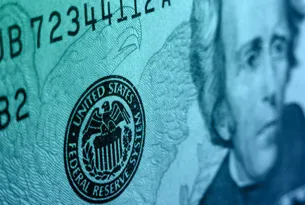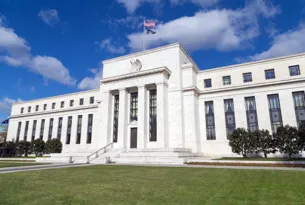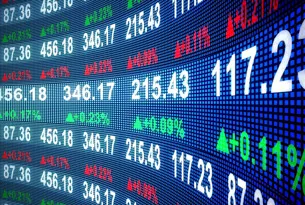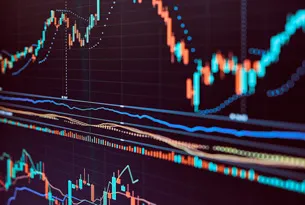Investors are counting on consumers, politicians, and Santa Claus to keep the rally going. And Santa may be the best bet of that lot, writes MoneyShow.com senior editor Igor Greenwald.
Judging by the market action, the economy must be going crazy good.
Judging by the economic tea leaves, the markets must be crazy, period.
How else to explain stocks’ repeated resilience in the face of panic selling and a life-or-death debt crisis pushing the world’s largest trading bloc into a recession?
Record S&P 500 earnings suggest corporations are squeezing every possible advantage and every last cent out of the slowing global economy. Record yields on the borrowings of uncompetitive European sovereigns suggest such windfalls may be nearing their sell-by date.
Markets bounced back from Wednesday’s drubbing on hopes that new governments in Greece and Italy would charm bond buyers, the European Central Bank, and the German government. But the new “technocrat” regimes will rely heavily on the support of the same lawmakers whose serial failures and corruptions aggravated the crisis.
And the more Greece and Italy succeed in carrying out the cuts demanded by their European paymasters the more they will be choking off economic growth and future tax revenue. Efficiency in pursuit of self-defeating policies is only an advantage in the sense that one hits the dead end a little sooner.
Bond buyers understand that. They also understand that the currency union with Germany is slowly suffocating the southern European economies unable to keep up with Germany’s productivity improvements.
That was tolerable while Europe was growing and effectively guaranteeing the borrowings of its weaker sisters. But now that a recession and “voluntary” restructurings are at hand, Italian bonds have become a much riskier proposition.
So why are US stocks trading so well?
One possibility is that investors, who are as bullish as they’ve been since February according to the American Association of Individual Investors survey, believe the US economy has decoupled from Europe’s grim fate.
After all, growth and consumer spending are continuing to hold up as people dip into savings to replace aging cars, acquire new gadgets, or in the case of the unemployed, put food on the table. The spike in layoffs feared this summer materialized only for state and municipal workers, and the stable jobless claims offer some reassurance to the rest.
The more time passes since summer’s debt-ceiling debacle, the less likely Congress seems to impose genuine austerity on the country in an election year. It faces a choice of spreading a minimum of $1.2 trillion of mostly cosmetic cuts over a decade or else shouldering the blame for weapons cancellations and runaway social spending.
On the other hand, government jobs continue to disappear, and payroll taxes will rise in January without congressional action.
Europe accounted for just 22% of booming US exports in September (equivalent to 2.1% of US GDP), hardly enough to kill the US recovery directly. But members of the European Union also took up 24% of Chinese exports last year, and China (alongside other emerging markets) has been a major source of growth to US corporations.
In addition, Europe’s debt crisis poses poorly understood contagion risks to the US financial system, because no one really knows how much money US banks could lose in the worst-case scenario.
Given such risks, perhaps buyers of stocks are counting on central banks to bail them out. After all, Europe’s crisis might quickly abate if the European Central Bank used its power of the printing press to provide affordable refinancing to Italy and Spain, in exchange for reforms.
Meanwhile, the Federal Reserve has signaled it will buy more securities if the economy starts running out of gas. Whatever the economic prospects of such purchases, past instances have coincided with equity gains. China’s central bank is now pivoting from efforts to tamp down inflation and property prices to measures to prop up the consumer spending and avert a credit crunch.
Like many of the major global powers, China faces a leadership reshuffle next year. A cynic might assume that those currently in power in Beijing, Washington, Paris, Berlin, and Moscow will pay almost any price to keep up appearances.
I would like to believe that the market is being this rational. But a better explanation might be that most of the stock purchases in the last month have been rentals measured mostly in days or weeks, if not fractions of a second. Twenty-twelve is barely on the horizon for a fund manager with six weeks left to catch his benchmark.
We’re all interested now in the mercenary geometry of double bottoms and bull pennants, which happen to be plentiful at the moment. We’re all leafing through the Traders’ Almanac, and counting on seasonal strength to arrive on schedule.
So there’s a variety of ways for stocks to win over a variety of time frames, and everyone seems to know it. In the short term at least, that leaves plenty of room for serious and widespread disappointment.







































